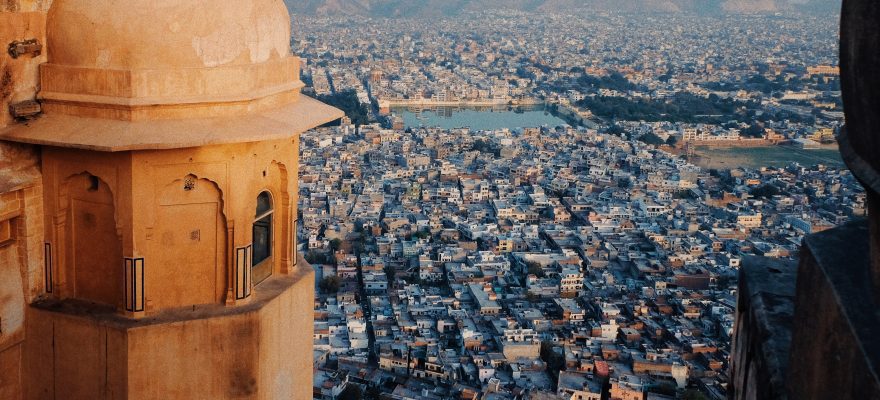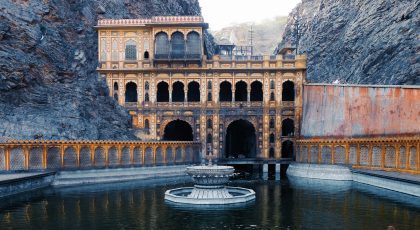February 18, 2018. Rajasthan is not named “the land of kings” for nothing. Its cities feature monuments, forts and palaces of the different families that ruled the land over the centuries. The day before, I visited the City Palace in the center of the city’s old district. This day, I visited another one of such palaces–the Hawa Mahal.



Known as the ‘Palace of Winds’, the Hawa Mahal is a complex with a five-storey building that was built in 1799 by the ruling maharaja at the time. The main palace features a facade that looks like a honeycomb, decorated with almost a thousand small window openings adorned with intricate designs. The main reason behind the making of Hawa Mahal was for Rajput women who were not allowed to appear in public places. Through the small windows, the women were able to watch royal processions and see the city from behind the walls, without people from the outside being able to see those behind.

In the afternoon, I went to Nahargarh Fort. Nahargarh is one of the three major forts of Jaipur constructed by the rajput royal family. Together with the other two forts linked by a formidable ‘great wall’, it served to defend the city from invaders. Located on the ‘Hill of Eagles’, the fort represents a perfect example of Indo-European architecture, with grand gates, huge courtyards, and towers. The fort displays the charm and the influence of the Rajputana kingdom.





From the fort, you can hear the city bursting with noise, sounds and music that you can hear from all the way up the viewpoint. It was the perfect place to spend the late afternoon and watch the sunset.
Later on that night, I asked my taxi driver to drive me off near Amer Fort for the ‘light and sound’ show that uses the power of spotlights and music against the backdrop of the majestic fort in order to tell the rich story of the region’s past, its folk culture and its legends. I was absolutely captivated and enchanted by the music. On my way back to my hostel, we passed by a traditional wedding procession where we see the groom on his elaborate garb, mounted on a horse, on his way to the house of the bride.




